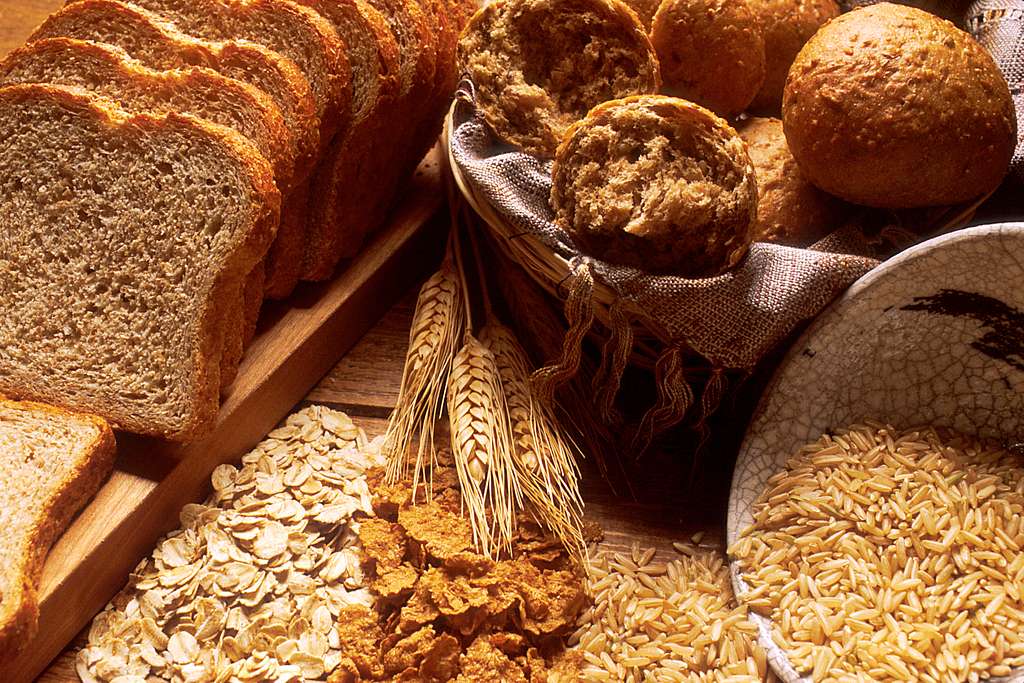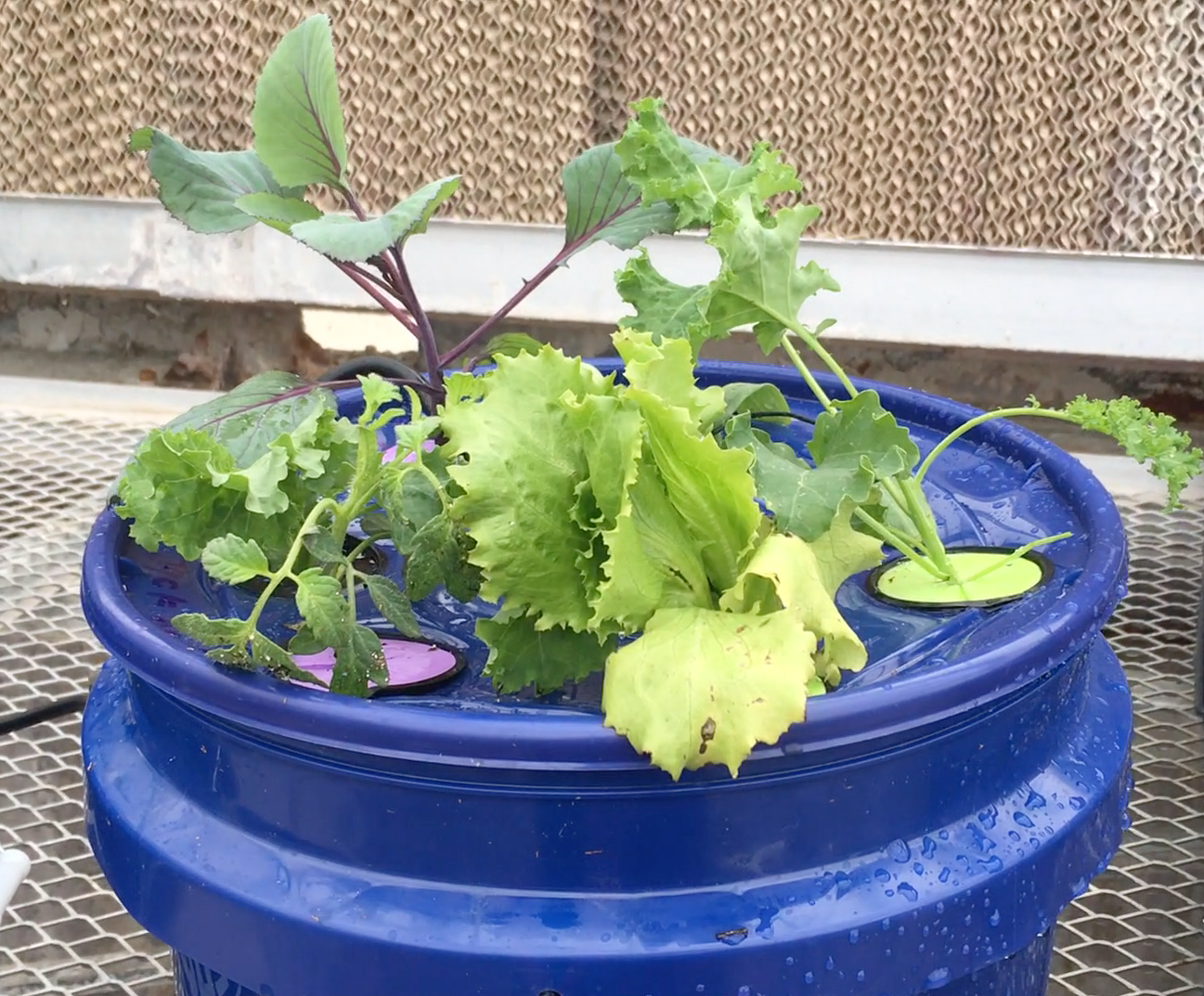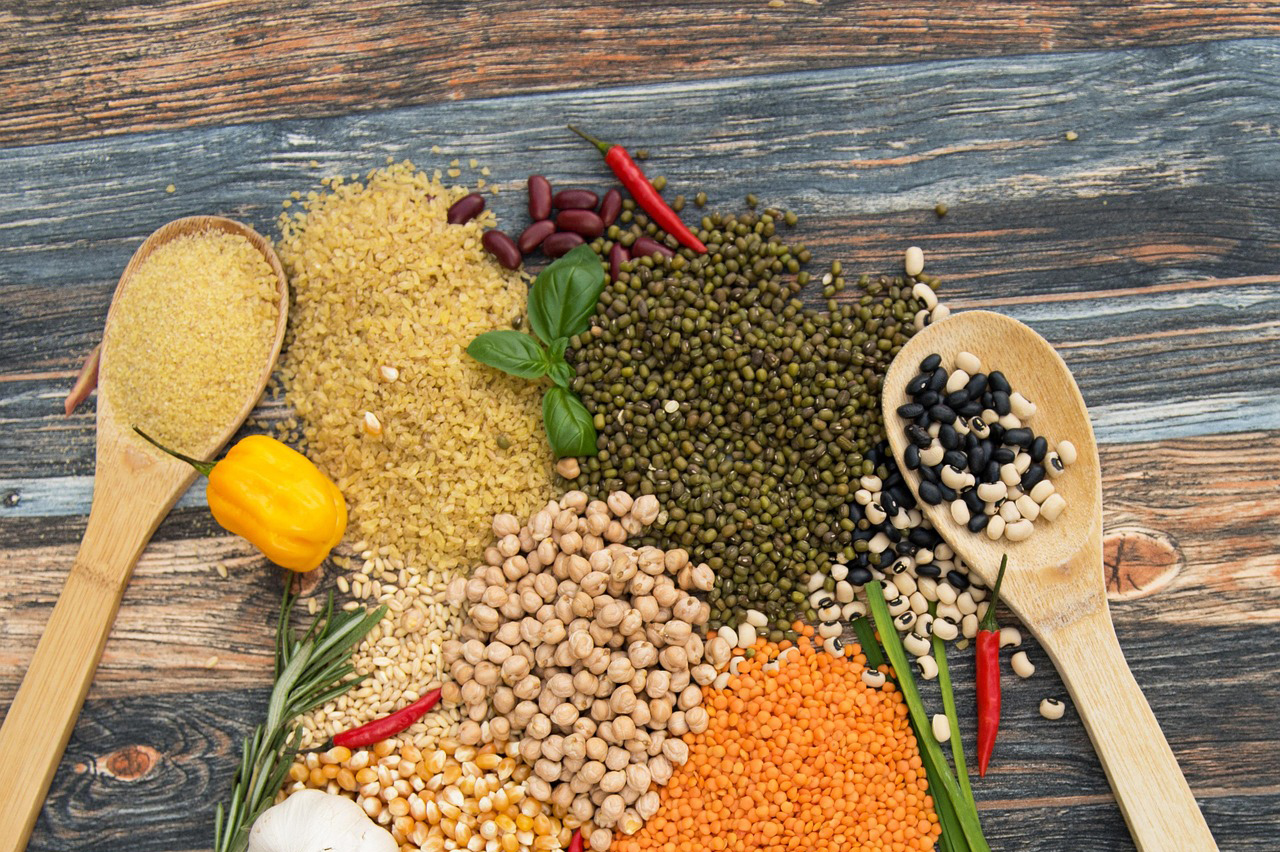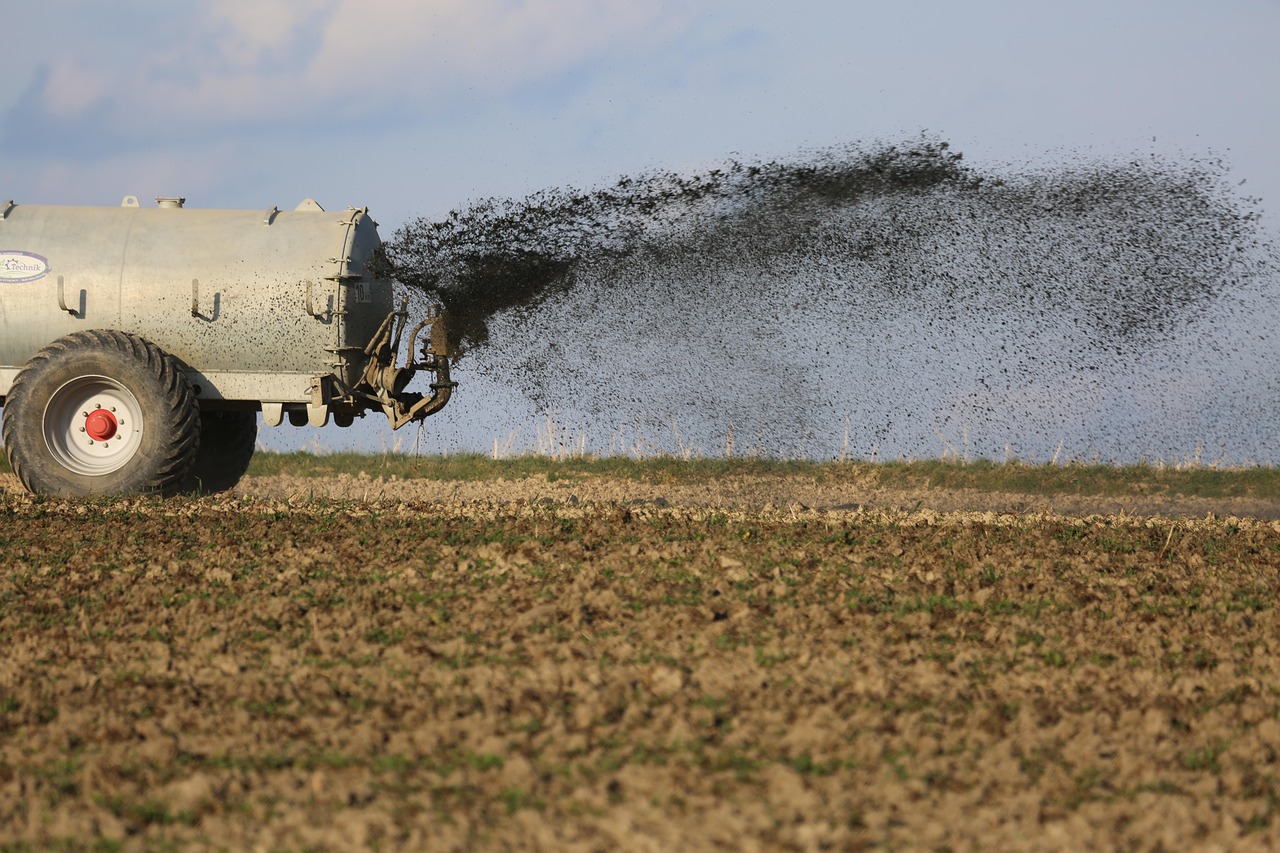
Growing Grains
Students investigate a variety of grains, discover how and where they are grown, and explore their nutritional benefits.

Students investigate a variety of grains, discover how and where they are grown, and explore their nutritional benefits.
Students investigate a variety of nuts, discover how and where they are grown, and explore their nutritional benefits.

Students will use the Engineering Design Process to develop and construct an aeroponic garden to grow a food crop. Students will develop and apply an understanding of plant anatomy and physiology related to plant growth and ultimately discuss the possibilities and limitations of using vertical farming to produce our food.
Students explore organic and conventional farming practices by analyzing multimedia texts to investigate the differences between conventionally and organically grown apples.
Students explore concepts of heredity in beef cattle and identify dominant and recessive traits.
Students identify different machines used on farms and what they do. Grades PreK-K
Students discover what farmers do and how they help their community. Grades PreK-K

Explore the complexity of global commodity chains that link the production and consumption of agricultural products. Discover how economics, politics, infrastructure, and other conditions affect the distribution of food throughout the world.

In this lesson, students will gain background knowledge of the nutrient requirements of plants, how those nutrients are obtained by the plant, what farmers must do if the nutrients are not available in soils, and current issues related to agricultural production.

In this lesson, students will understand concepts about solutes, solvents, and parts per million as they learn how fertilizer solution is properly calculated and applied.

This lesson introduces agriculture as a managed system that has environmental impacts, and how farmers employ practices such as growing pulses to minimize these impacts.

In this lesson students will understand that plants require nutrients in the proper concentrations. Students will discover that plants can be damaged or killed by either too many or too few nutrients.